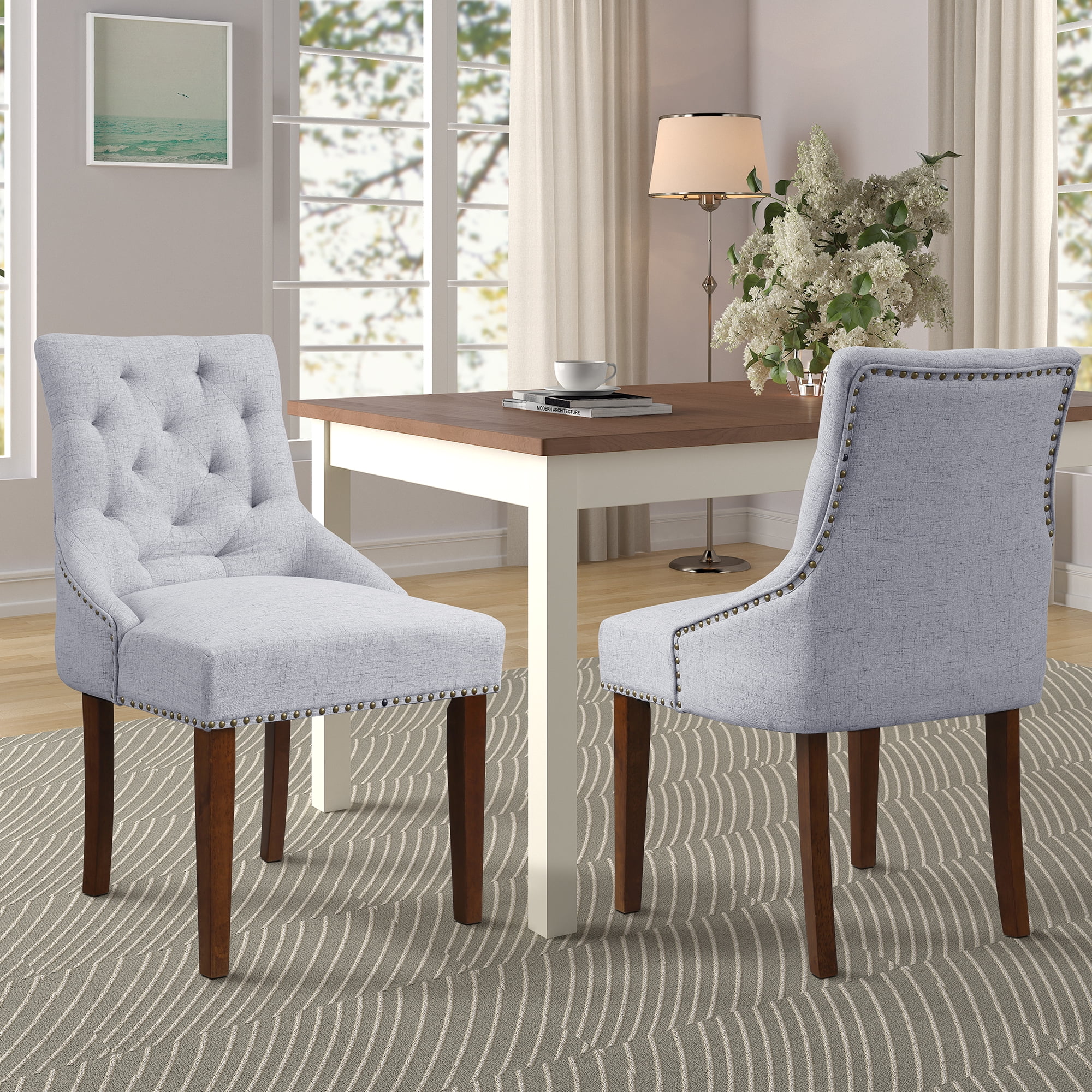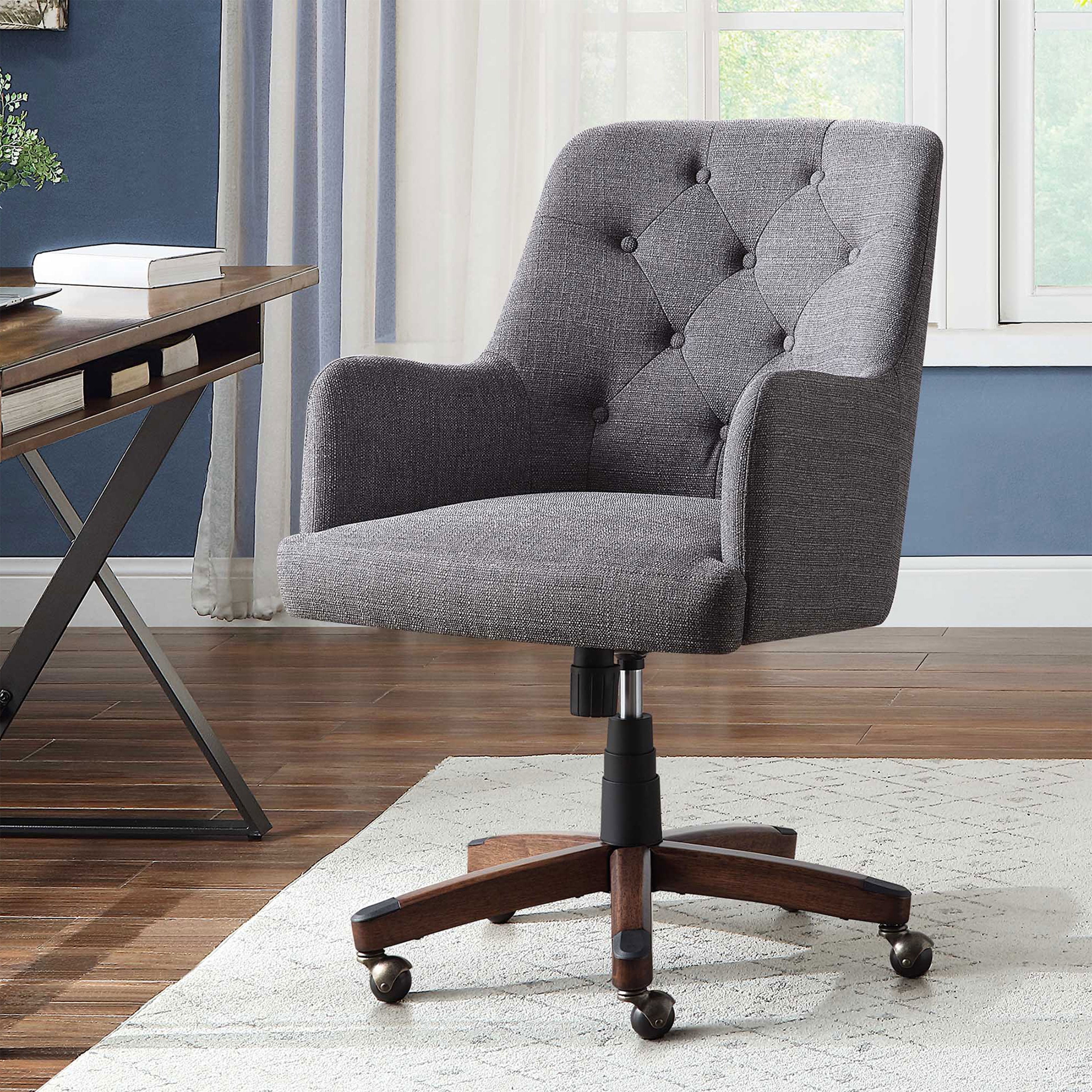History and Evolution of Wood and Fabric Chairs

The history of wood and fabric chairs is a fascinating journey that spans millennia, reflecting the evolution of human ingenuity, craftsmanship, and changing cultural preferences. From simple, utilitarian seating to elaborate, status-defining pieces, these chairs have played a significant role in shaping our lives and societies.
Early Origins and Development
The earliest forms of chairs emerged in ancient civilizations, often crafted from materials readily available in their respective environments. Ancient Egyptians, for instance, employed reeds and woven materials for their chairs, while the Greeks and Romans favored wood and stone. These early chairs were typically simple in design, serving primarily as functional seating. The evolution of chair design began to accelerate during the Middle Ages, with the introduction of more elaborate and decorative styles.
- Medieval Period: The Gothic period (12th-16th centuries) saw the rise of chairs with high backs and intricate carvings, reflecting the growing influence of the church and aristocracy. These chairs were often adorned with religious imagery and symbols, signifying status and power.
- Renaissance and Baroque: During the Renaissance (14th-16th centuries) and Baroque (17th-18th centuries) periods, chair design embraced classical influences and emphasized comfort and elegance. The use of upholstered seats and backs became more common, and chairs were often embellished with intricate carvings, gilding, and textiles. The development of the “X-frame” chair, with its strong and stable structure, became popular during this era.
Evolution of Materials and Techniques
The development of wood and fabric chairs has been closely intertwined with advancements in materials and manufacturing techniques. The use of hardwoods, such as oak, walnut, and mahogany, became increasingly prevalent in chair construction, offering durability, strength, and aesthetic appeal.
- 18th and 19th Centuries: The Industrial Revolution brought about significant changes in chair production. The invention of the steam-powered saw and other woodworking machinery enabled mass production, making chairs more accessible to the general population. The use of new materials, such as cast iron and metal springs, further expanded the possibilities for chair design.
- 20th Century and Beyond: The 20th century witnessed a surge in innovative chair designs, driven by modernist principles and the rise of new materials, such as plastics and synthetic fabrics. The Bauhaus movement, for example, emphasized functionality and simplicity in chair design, using minimal materials and clean lines. Later, the postmodern era embraced eclecticism and a fusion of styles, resulting in a wide range of chair designs.
Design and Style: Wood And Fabric Chair

The design of a wood and fabric chair is a fascinating interplay of form and function, where the choice of wood, fabric, and overall style creates a unique aesthetic that can range from timeless elegance to modern minimalism. Exploring these styles reveals the rich history and evolution of chair design, and how they have adapted to changing tastes and trends.
Classic Chair Styles, Wood and fabric chair
Classic chair styles represent a timeless elegance that transcends fleeting trends. These styles often draw inspiration from historical periods and are characterized by their enduring appeal and refined details.
- Chippendale: This style, named after the famous 18th-century English furniture maker Thomas Chippendale, is known for its intricate carvings, cabriole legs, and often features a distinctive “ribbon-back” design. The fabric upholstery is typically luxurious, often featuring damask or velvet, and the colors are rich and sophisticated, like deep reds, blues, or greens.
- Queen Anne: This style, popular in the early 18th century, is characterized by its curved, elegant lines. Queen Anne chairs often have a distinctive “hoop back” or “drop-in” seat design, and the legs are often cabriole, ending in ball-and-claw feet. The fabric upholstery can range from simple linen to more elaborate damask, and the colors are often soft and muted, like cream, beige, or pale blue.
- Louis XV: This style, named after the French king Louis XV, is known for its elaborate curves and rococo ornamentation. Louis XV chairs often feature shell-shaped backs, curved legs, and intricate carvings. The fabric upholstery is typically luxurious, often featuring silk or brocade, and the colors are rich and vibrant, like gold, red, or green.
Contemporary Chair Styles
Contemporary chair styles are characterized by their clean lines, minimalist aesthetics, and focus on functionality. They often incorporate modern materials and production techniques, resulting in chairs that are both stylish and comfortable.
- Mid-Century Modern: This style, popular in the mid-20th century, is known for its clean lines, organic shapes, and use of natural materials like wood and leather. Mid-century modern chairs often feature tapered legs, simple upholstery, and a focus on functionality. The fabric upholstery is typically simple and understated, often featuring linen or cotton, and the colors are often neutral, like black, white, or gray.
- Scandinavian: This style, originating in Scandinavia, is known for its simplicity, functionality, and use of natural materials. Scandinavian chairs often feature light wood frames, simple upholstery, and a focus on comfort. The fabric upholstery is typically simple and understated, often featuring linen or wool, and the colors are often neutral, like white, beige, or gray.
- Industrial: This style, inspired by industrial design, is known for its raw, unfinished aesthetics and use of metal and reclaimed materials. Industrial chairs often feature exposed metal frames, simple upholstery, and a focus on functionality. The fabric upholstery is typically simple and understated, often featuring leather or canvas, and the colors are often dark and muted, like black, brown, or gray.
Modern Chair Styles
Modern chair styles are characterized by their innovative designs, use of new materials, and focus on sustainability. They often push the boundaries of traditional chair design, resulting in chairs that are both functional and visually striking.
- Art Deco: This style, popular in the 1920s and 1930s, is known for its geometric patterns, bold colors, and luxurious materials. Art Deco chairs often feature geometric shapes, metal accents, and luxurious upholstery. The fabric upholstery is typically luxurious, often featuring velvet or silk, and the colors are often bold and vibrant, like gold, silver, or black.
- Minimalist: This style, popular in the late 20th century, is known for its simplicity, functionality, and use of minimal materials. Minimalist chairs often feature simple shapes, clean lines, and neutral colors. The fabric upholstery is typically simple and understated, often featuring linen or cotton, and the colors are often neutral, like white, black, or gray.
- Contemporary: This style, encompassing a wide range of designs, is characterized by its focus on innovation, sustainability, and functionality. Contemporary chairs often feature unique shapes, use of recycled materials, and a focus on comfort. The fabric upholstery can vary widely in style and color, reflecting the diverse range of contemporary design trends.
Wood and fabric chair – A wooden chair with fabric upholstery is a classic combo, ya know? It’s comfy, timeless, and can fit in any space. But if you want a chair that screams “sophisticated” and “retro,” you gotta check out the mid century wood chair.
They’ve got that unique vibe that’s hard to resist. And guess what? They still look great with fabric!
Nah, kalau lo lagi nyari kursi kayu sama kain yang nyaman buat kerja, mending liat-liat dulu staples white office chair nih. Walaupun terbuat dari plastik, tapi desainnya tetep keren dan ga kalah nyaman sama kursi kayu. Eh, tapi kalo lo pengen nuansa klasik dan natural, kursi kayu sama kain tetep juara sih!
